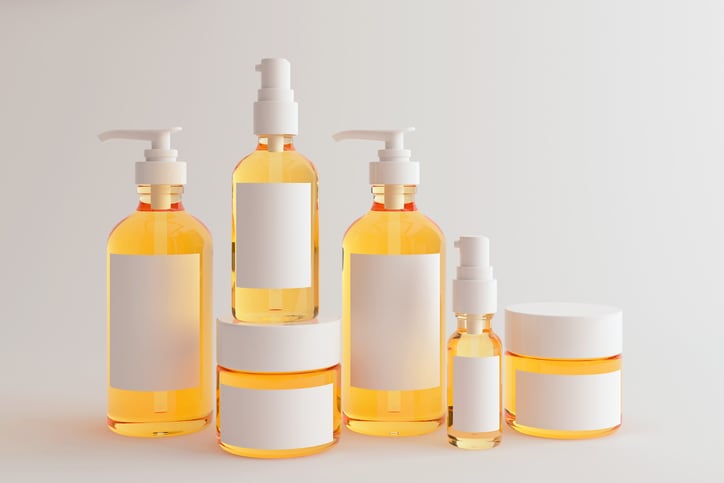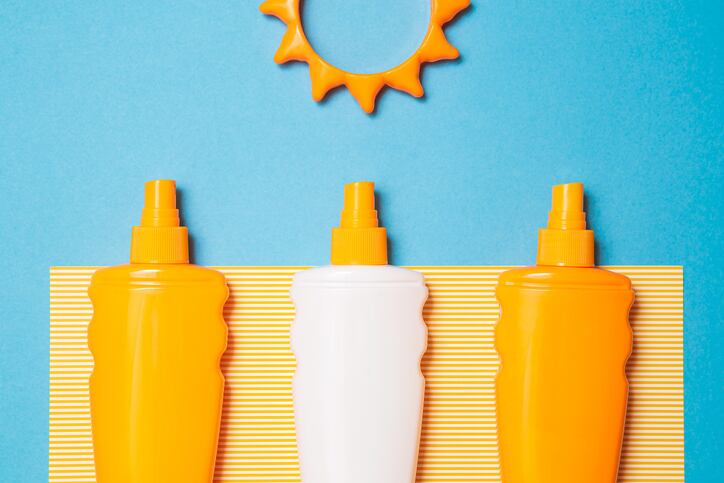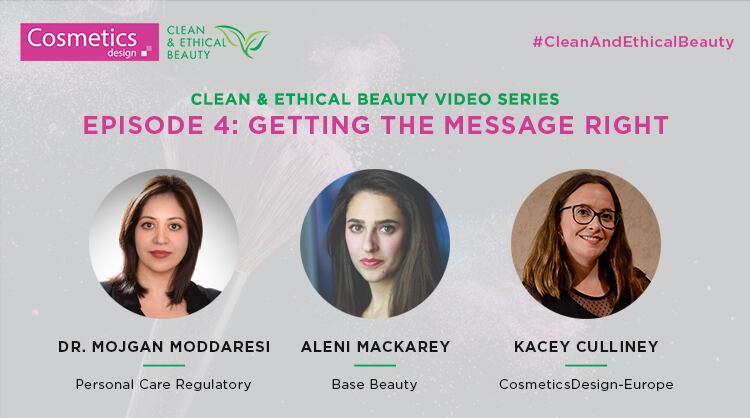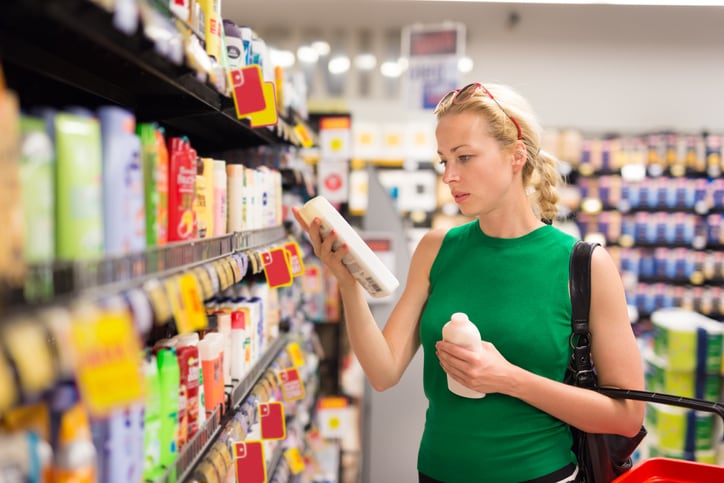Innovation across the global beauty and personal care category continues to gain pace, with new product launches a key focus for all brands operating in an increasingly competitive space. And Dr Theresa Callaghan, a cosmetic claims development and scientific affairs specialist and owner of Callaghan Consulting International, said industry had to prioritise claims early on.
“I would like industry to consider claims development as the mirror image of product development; they are one and the same. You can’t develop a product without considering claims,” Callaghan told CosmeticsDesign-Europe.
Many wanted to simply rely on claims made by ingredient suppliers when building final products, she said, but this would not stand up to scrutiny with complex formulations that married an array of different ingredients.
“At the end of the day, you’re not selling a whole list of ingredients to the consumer, you’re selling a final product and it’s that final product that they’re having a relationship with.”
‘Whatever the consum'er observes, perceives or feels’ can be described a claim
Cosmetic claims had been regulated in the EU since July 2013 under the Commission Regulation (EC) No 655/2013, with acceptable claims having to adhere to six common criteria: truthfulness; evidential support; honesty; fairness; and informed decision-making. The regulation formed part of the main EU legislation on finished cosmetics products, Regulation (EC) No 1223/2009, and was accompanied by a Technical document on cosmetic claims; edited last year by the European Commission’s Sub-Working Group on Claims to clarify guidance on ‘free from’ and ‘hypoallergenic’ claims.
Beauty brands and manufacturers had plenty to consider when thinking about cosmetic claims, Callaghan said, because a ‘claim’ spanned all touchpoints between the consumer and that product.
COSMETIC CLAIMS IN THE EU – EXPLAINED BY DR THERESA CALLAGHAN
Cosmetic Claims are: texts, names, trademarks, pictures and figurative or other signs that convey explicitly or implicitly product characteristics or functions in the labelling, making available on the market and advertising of cosmetic products. In other words, whatever the consumer observes, perceives or feels when interacting with a cosmetic product, can be described as a claim, so don’t use them to imply something that isn’t true.
The weight of the claim needs to be proportional to the weight of evidence, and that evidence needs to comply with each of the six criteria. You can make light or heavy claims, but either way you need a body of evidence.
“When a consumer sees a product in store, on television, in the press, psychologically or even subconsciously they are having a relationship with this. And what brands have to consider is that. When a consumer picks up a product in store (…) that consumer is starting to have a relationship; they are perceiving things and reading text that is implying something. Is what is being implied true?”
Everything had to be considered, Callaghan said, from on-pack wording to the final product’s name through to packaging colour and even fragrances used. “Once the consumer has this interaction with the product, then all of that can be considered a claim. And that’s what the legislation is trying to say.”
Challenge your cosmetic claims early on or ‘somebody else will’
Beauty brands and manufacturers had to ask whether claims were objective, who the target market was, where advertising would take place, and what body of evidence and weight of evidence would be needed to back up the claims, she said. “I always encourage customers, when they’ve pencilled out the claims they would like, to then challenge them. Always challenge your claims before you go to print, because if you don’t, somebody else will.”
Importantly, Callaghan said all of this had to happen alongside early stage new product development rather than as an after-thought or at later stages.
Historically in beauty development, she said marketing came up with a concept; ingredients, fragrance and packaging were discussed; and product testing happened at the end. But this way of doing things left formulators and cosmetic chemists in the tricky position of having to ensure final formulations stood up to certain claims that had already been decided upon, she said.
What should be happening now, she said, was early group meetings featuring representatives from marketing, regulatory affairs and testing to work through product development ideas and consider claims carefully together.
“If you have those key people with you in that meeting, it would be far more productive and you might find that your critical path not only goes smoother, it will go quicker too.”
The budget for providing a body of evidence for claims also ought to be shared between R&D and marketing, she said.
Significant scope for innovative cosmetic formulations and claims
Whilst there were many hurdles and processes in developing beauty products with acceptable cosmetic claims under EU law, and many manufacturers and brands remained fearful of how complex and restrictive the regulations could be, Callaghan said there was a wealth of opportunities created by the legislation too.
“Oh, there are many,” she said, from taking a closer look at existing materials and understanding what new things could be said about them to talking about improved and enhanced delivery methods to the skin through smart formulation technologies.
The wider sustainability development push also offered up lots of exciting spaces to consider cosmetic claims around marine-based ingredients and biotechnology processes, she said.
“Despite the claims legislation, it can be used as a tool for innovation because the boundaries are now set,” she said.




